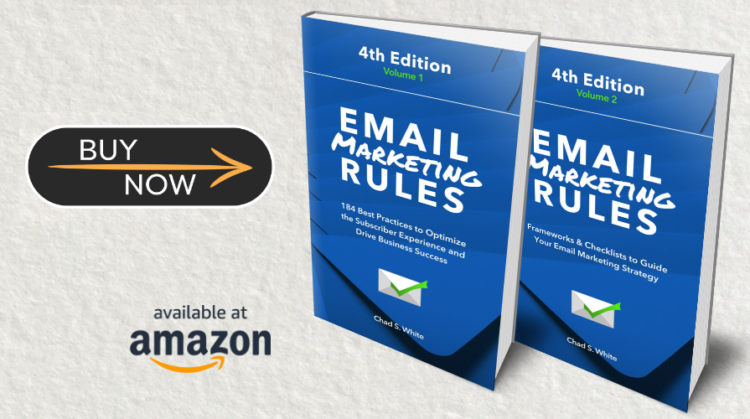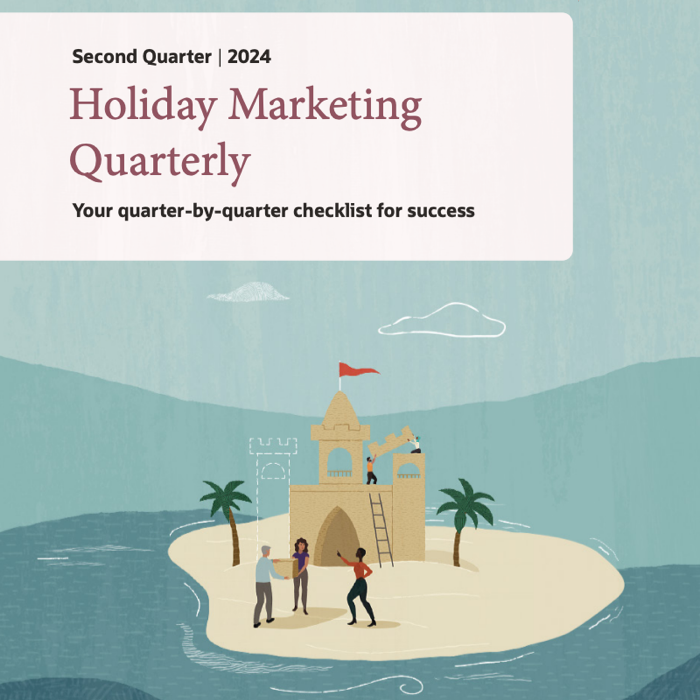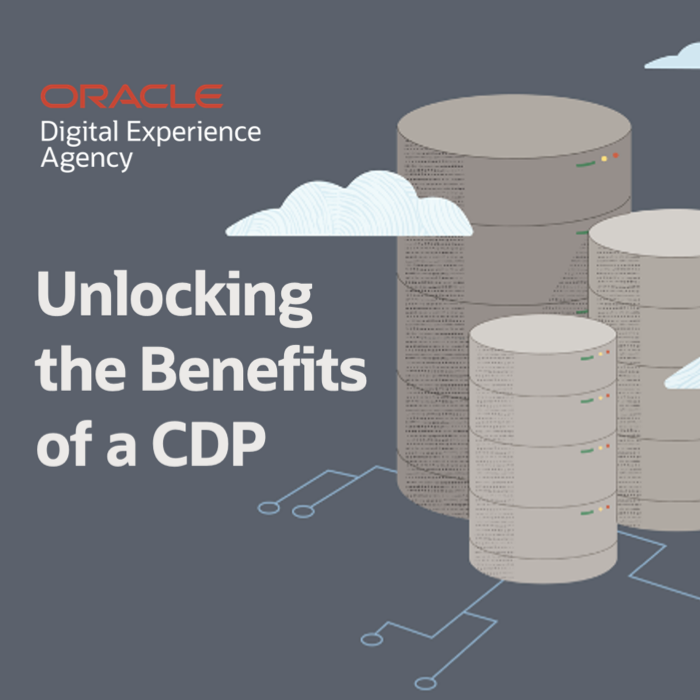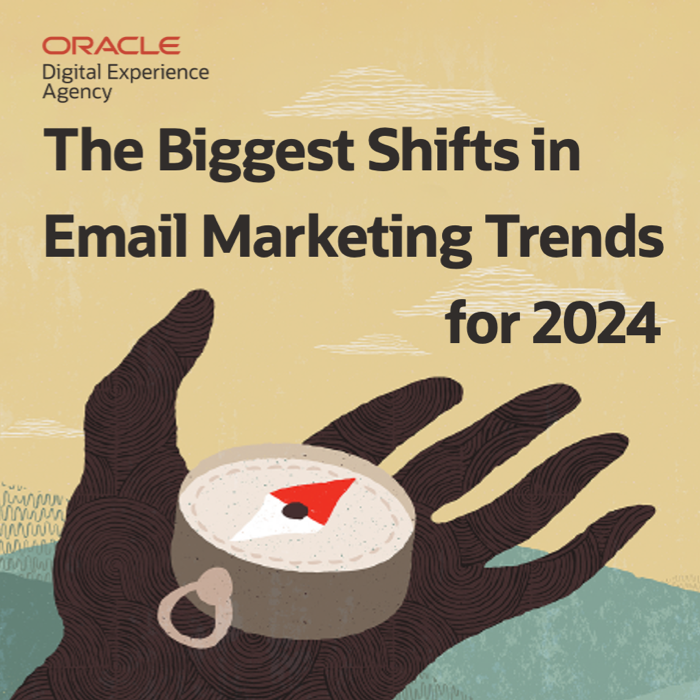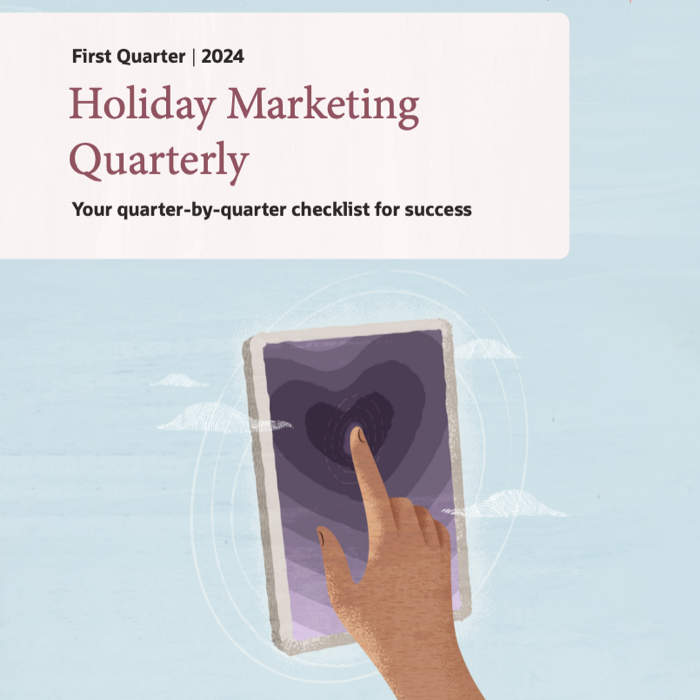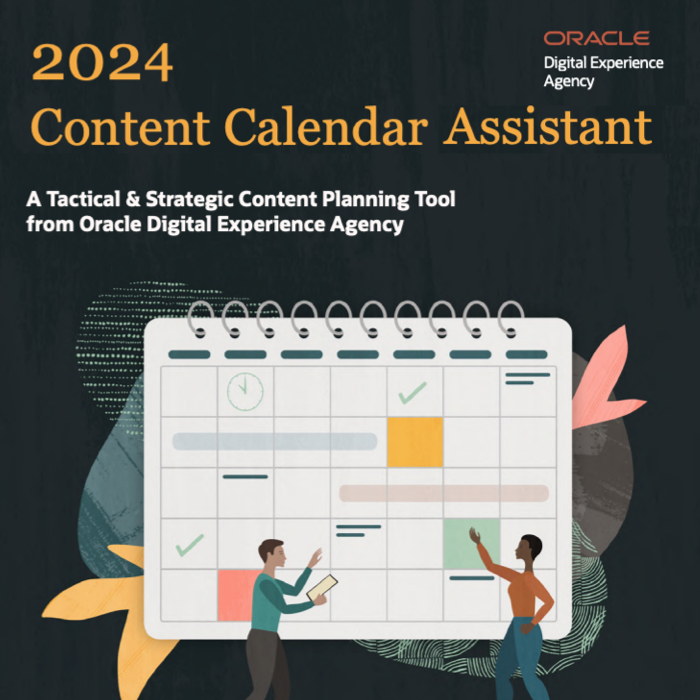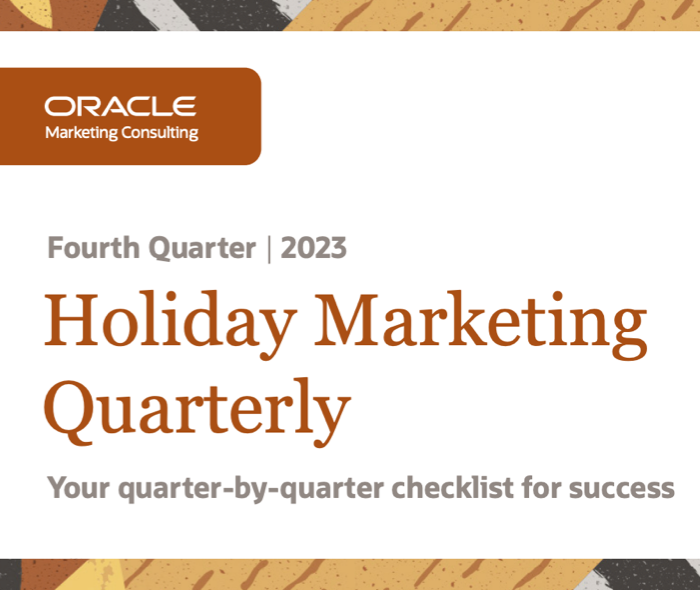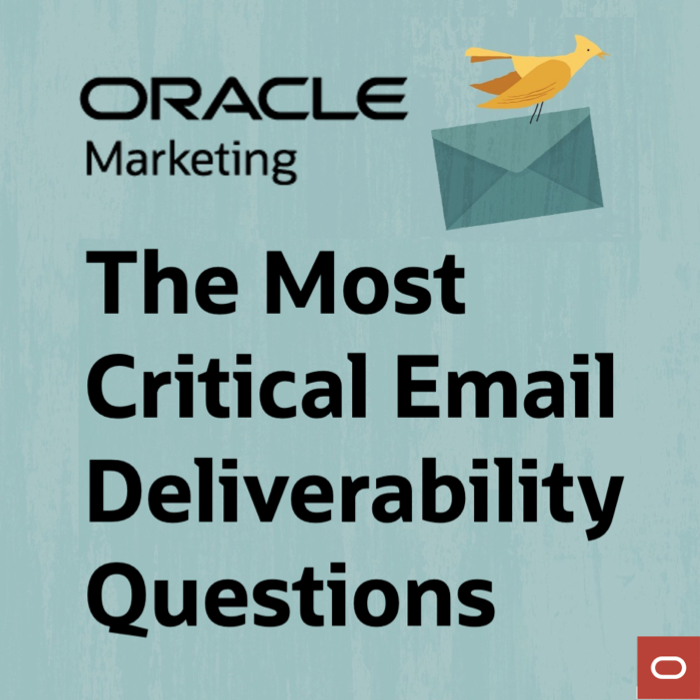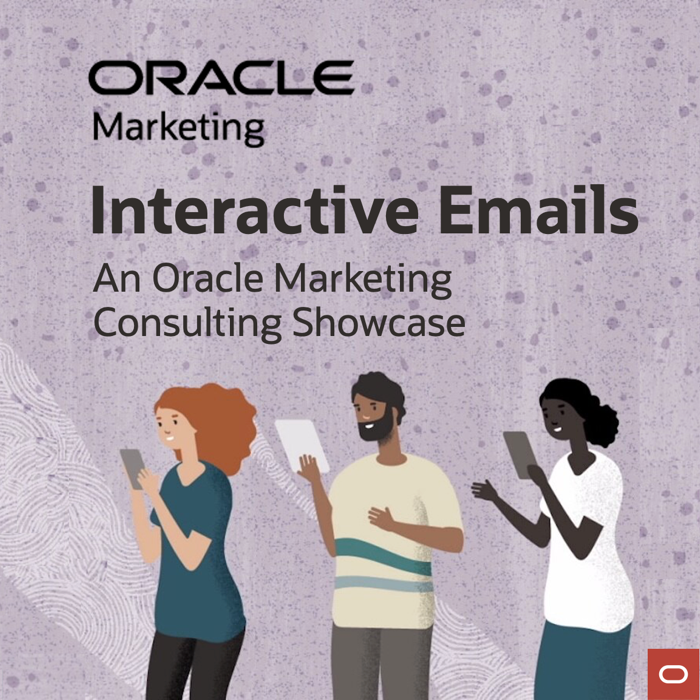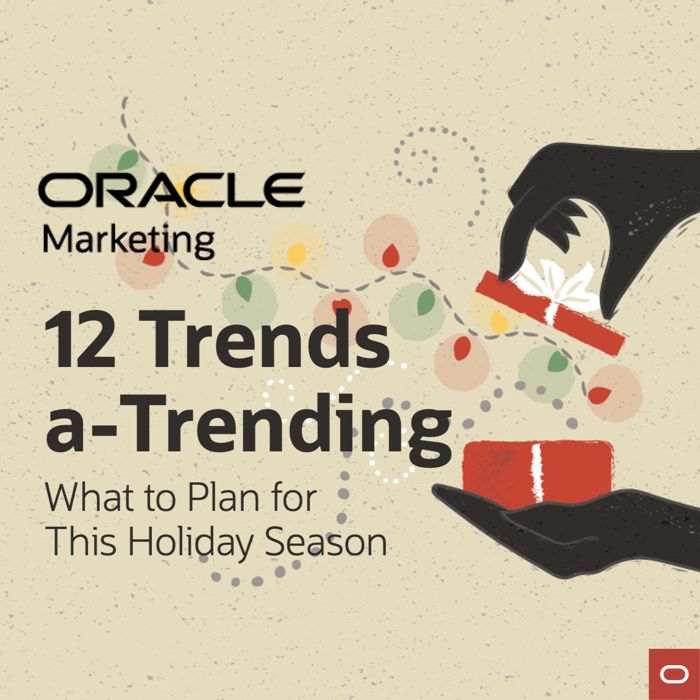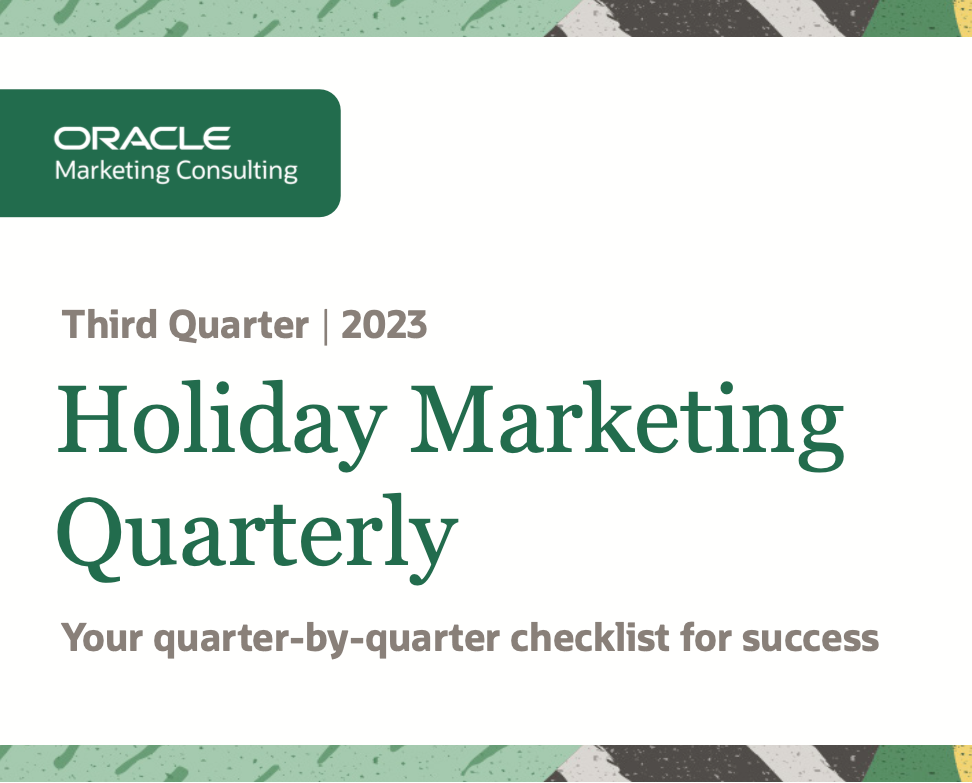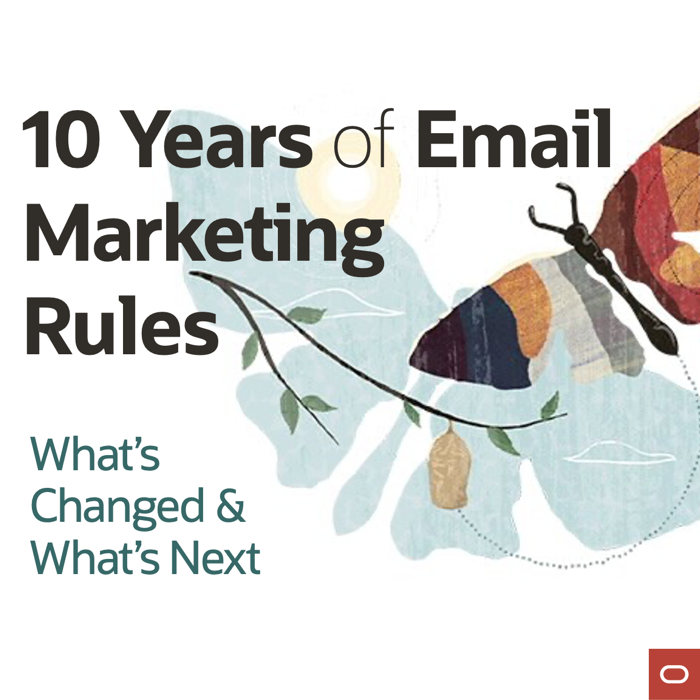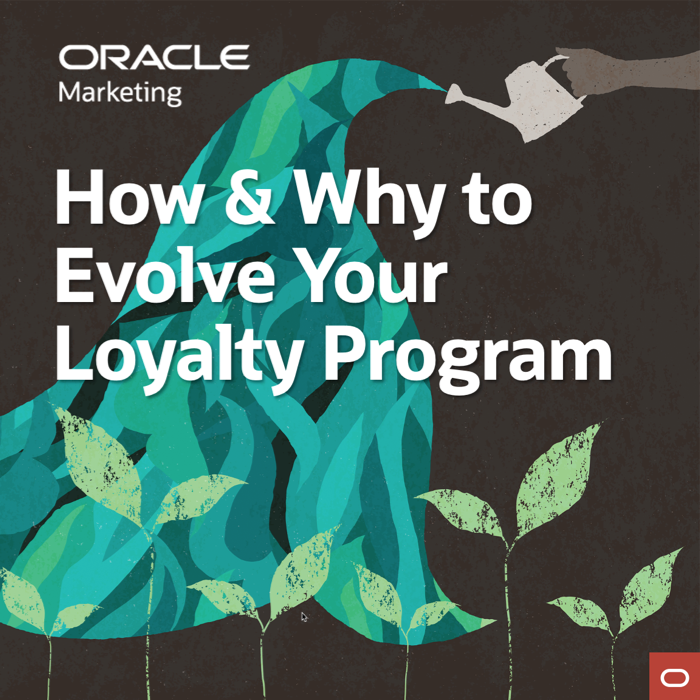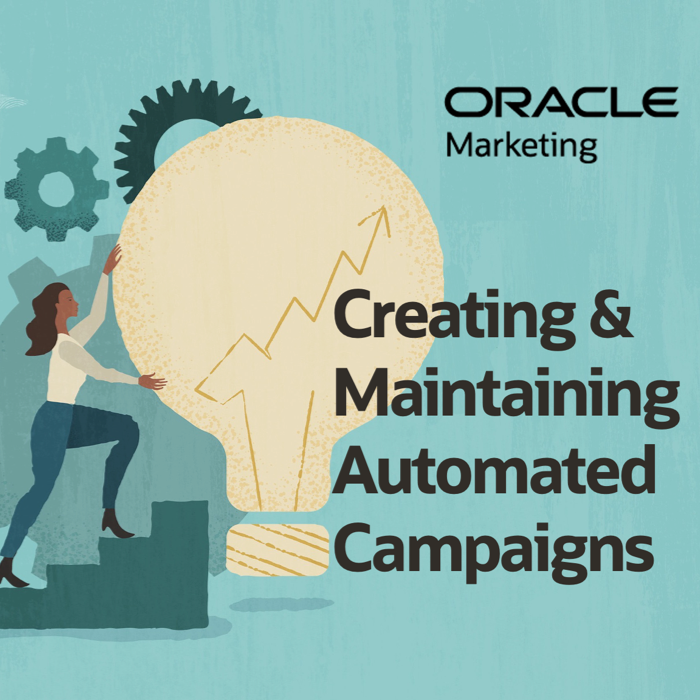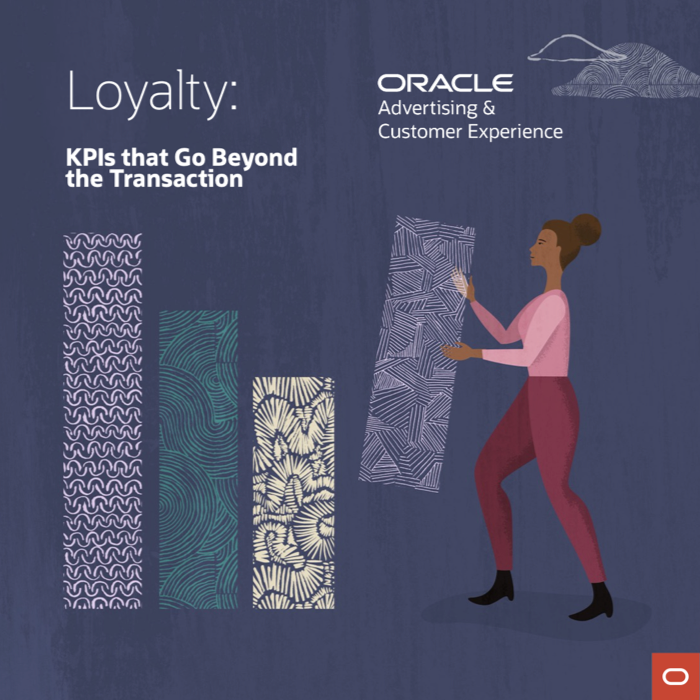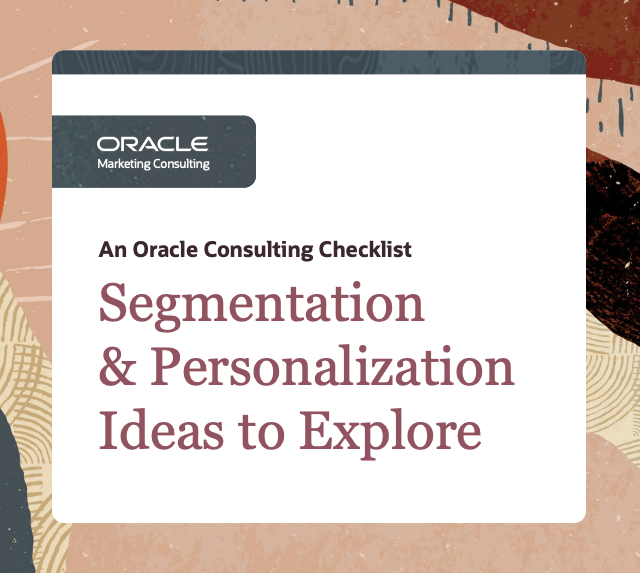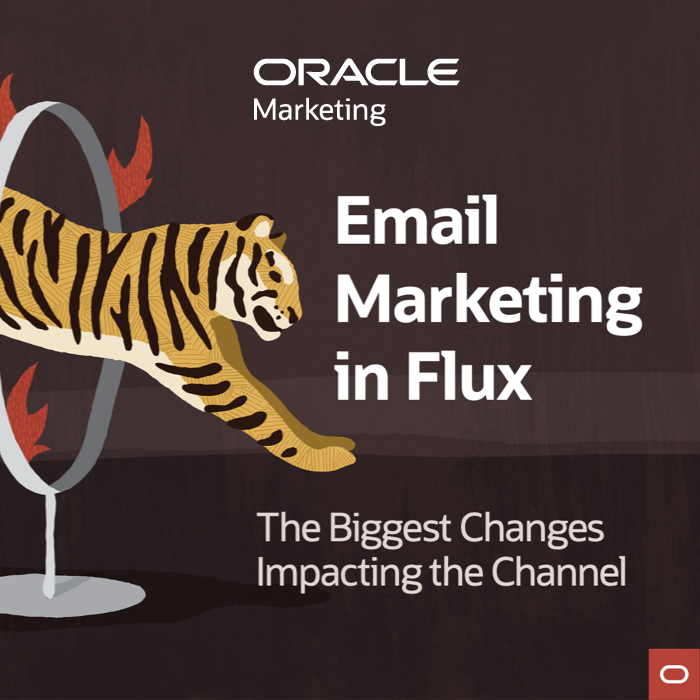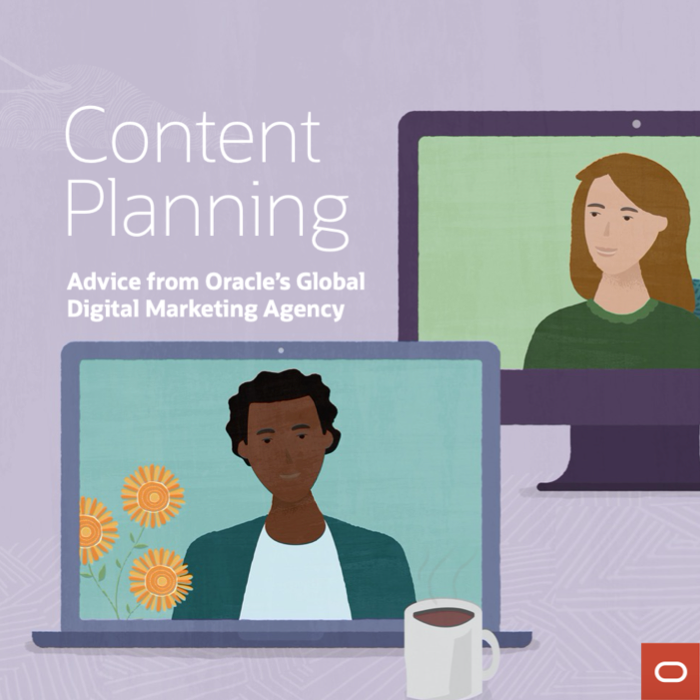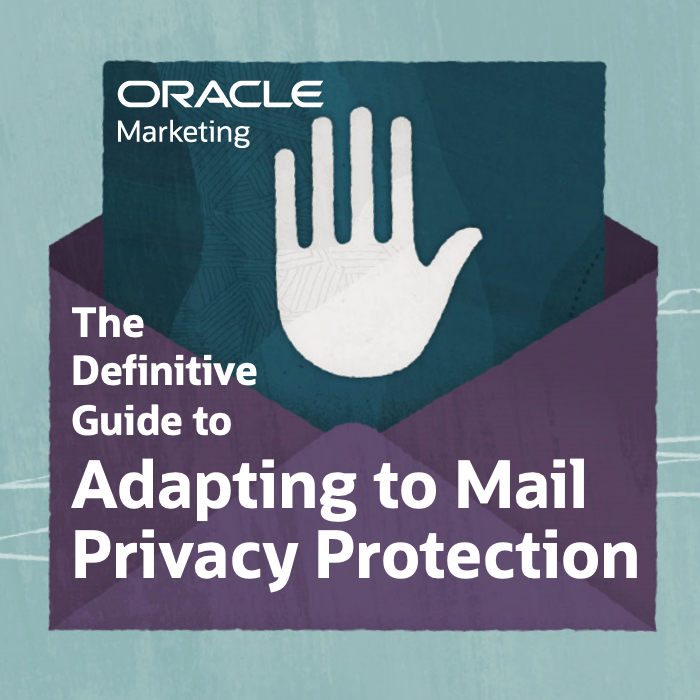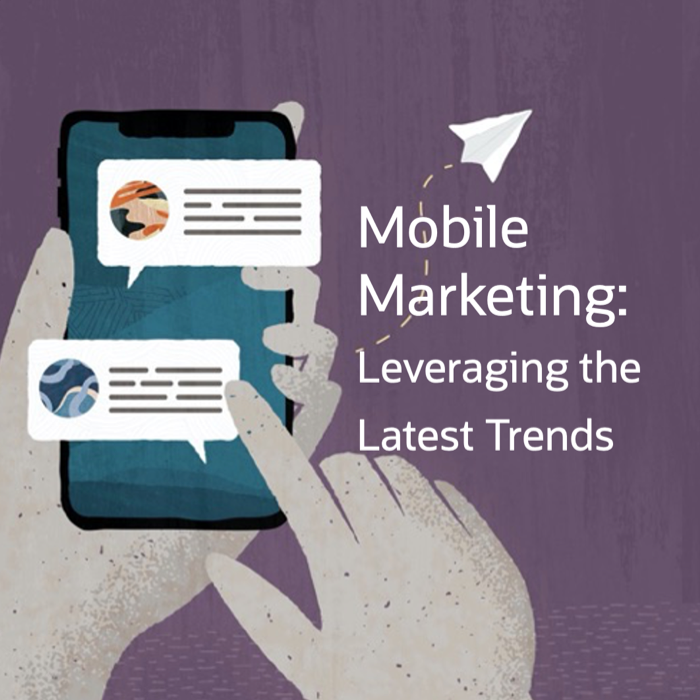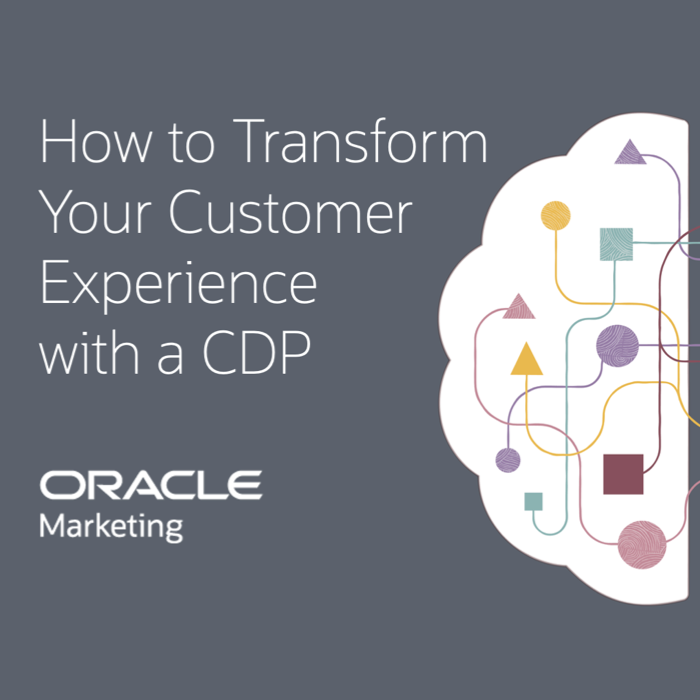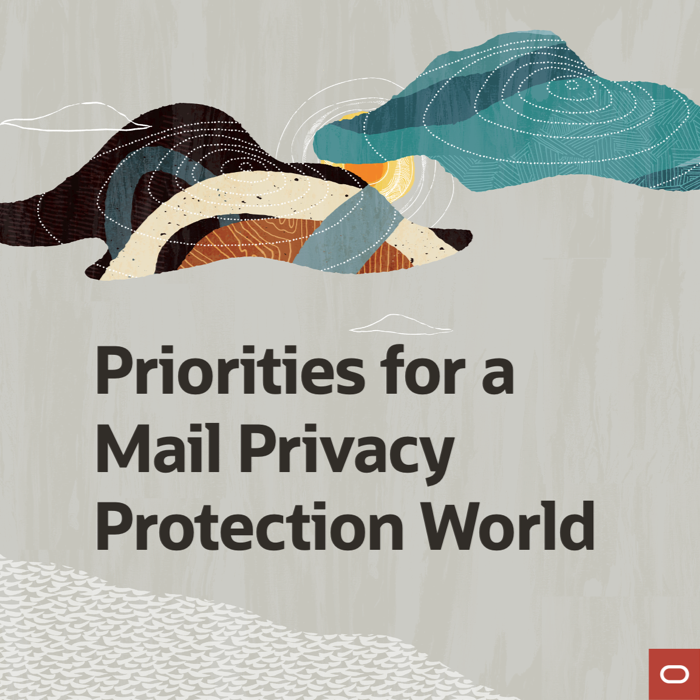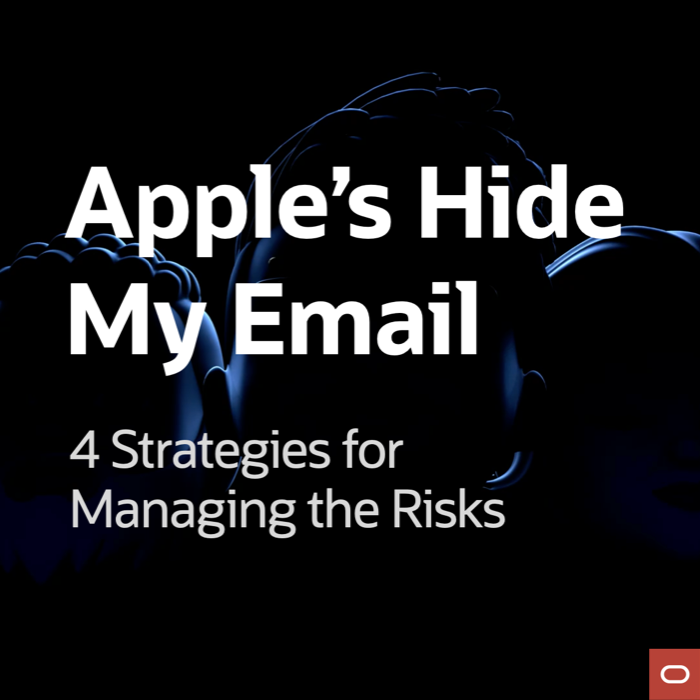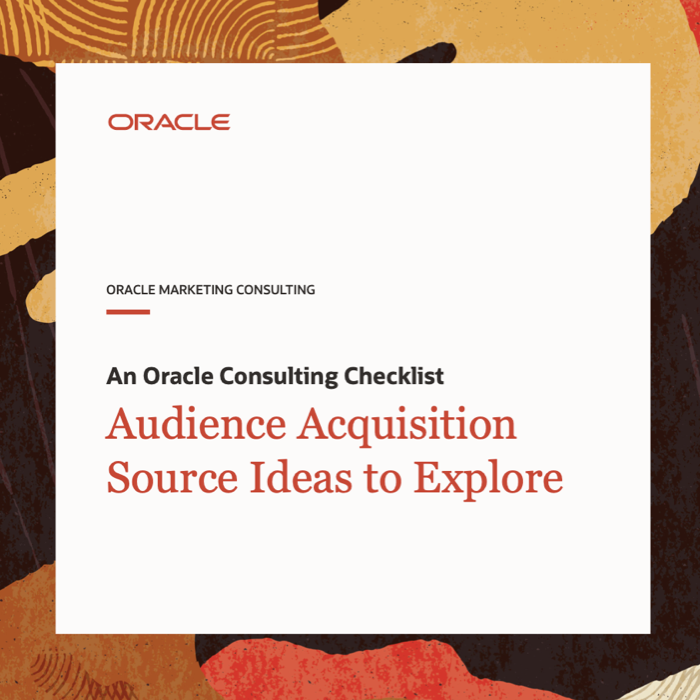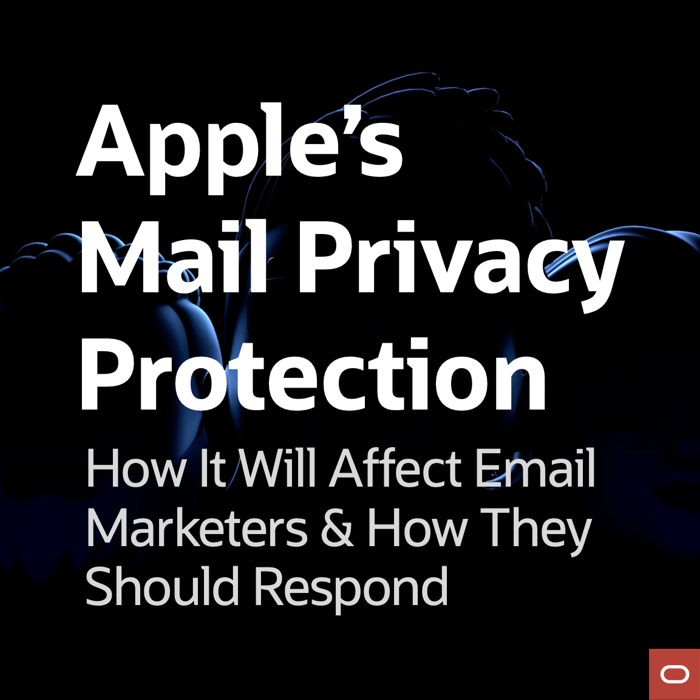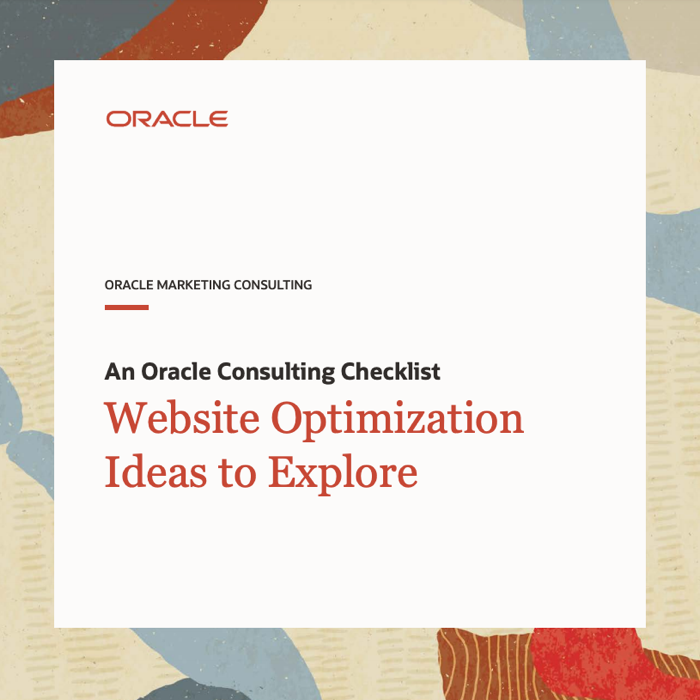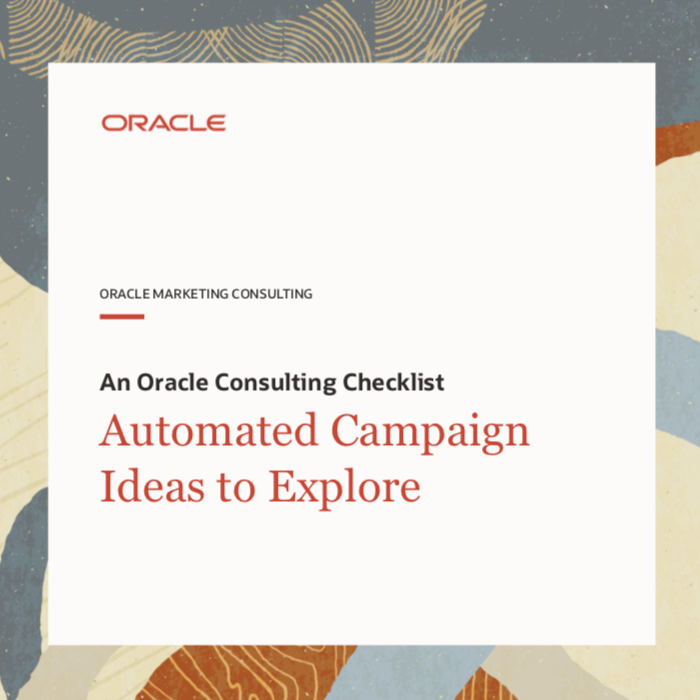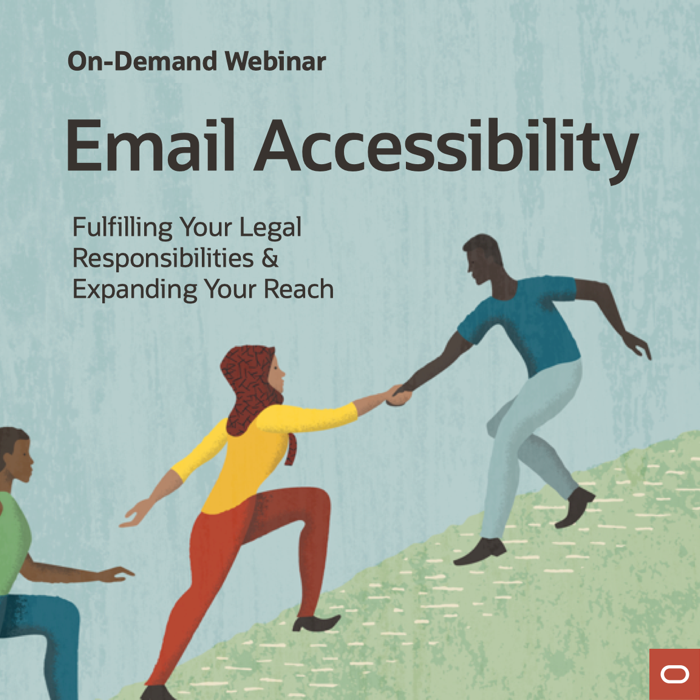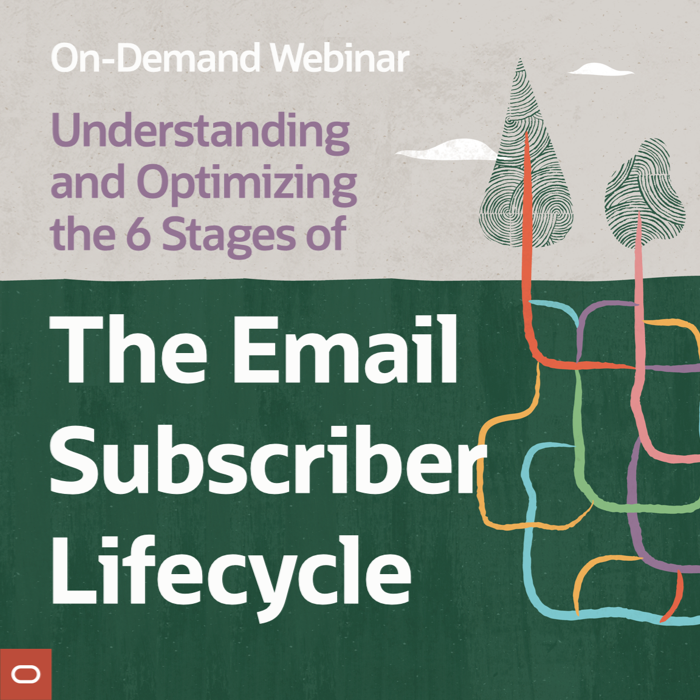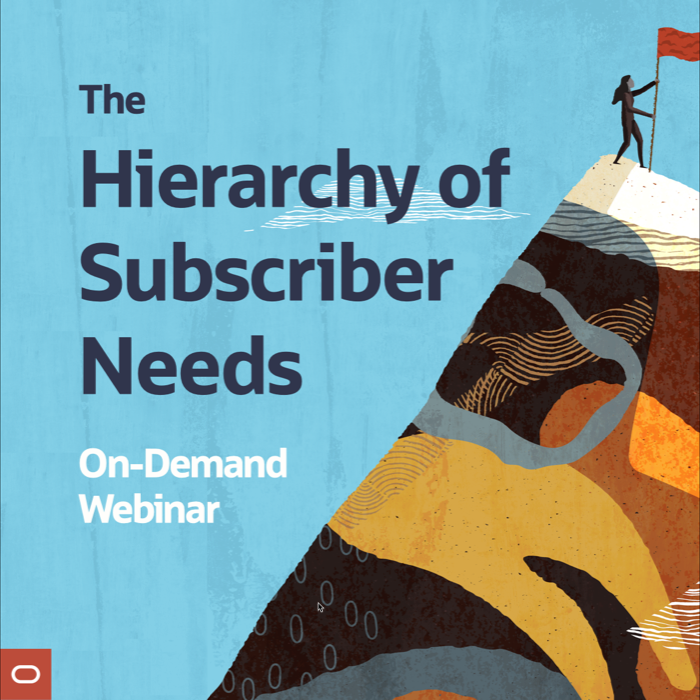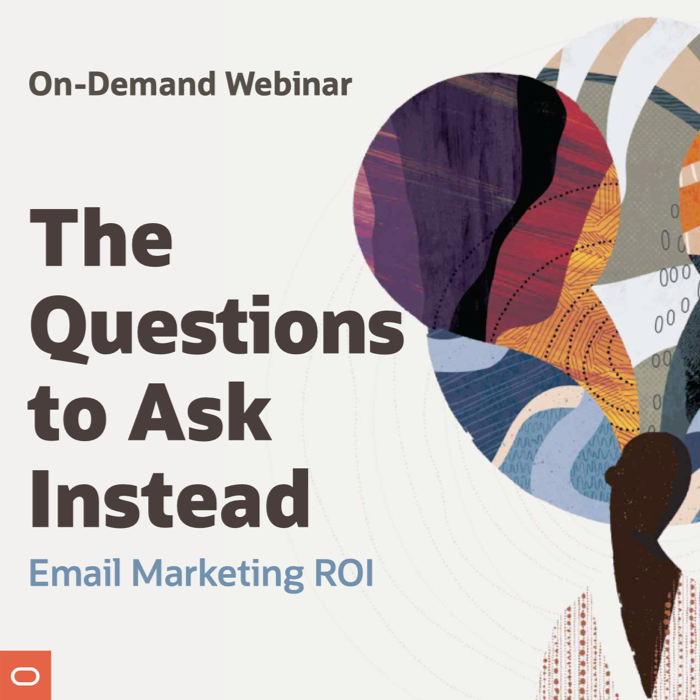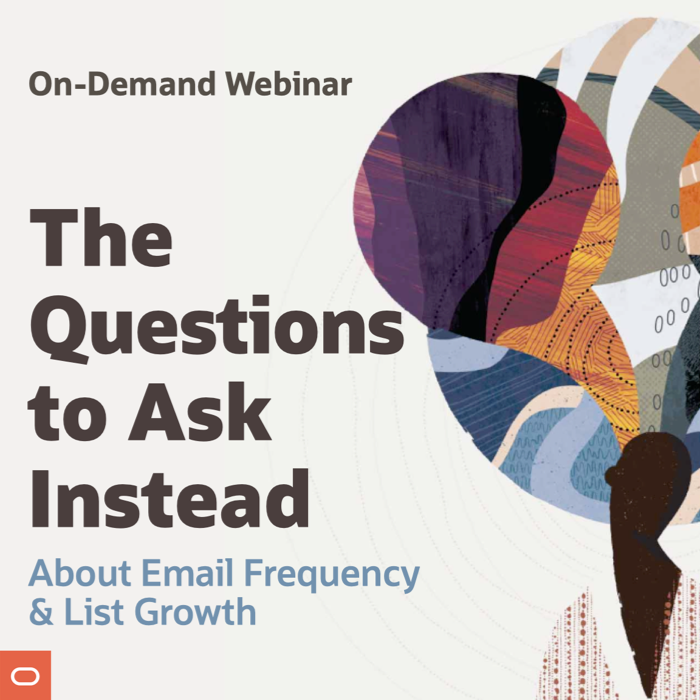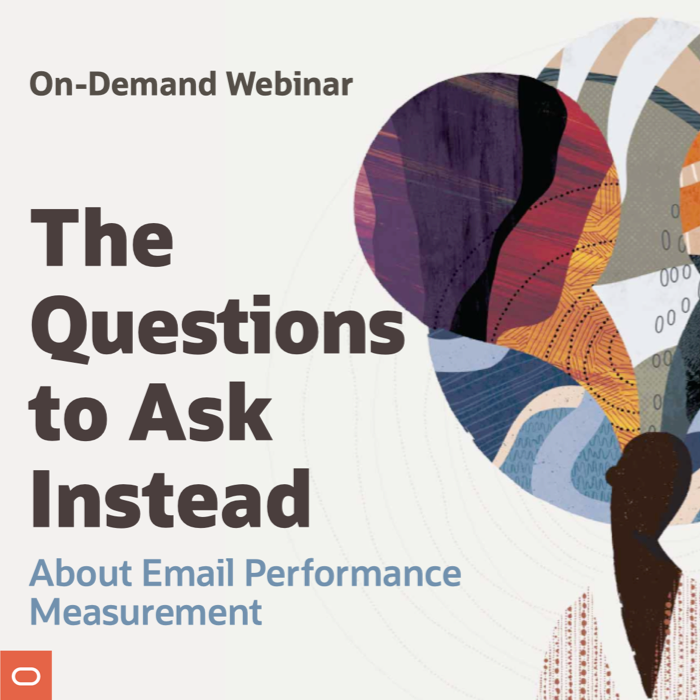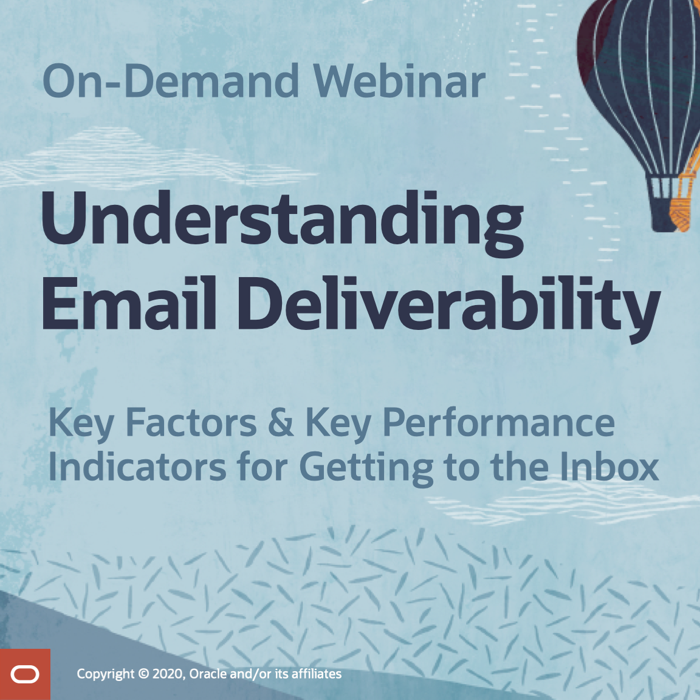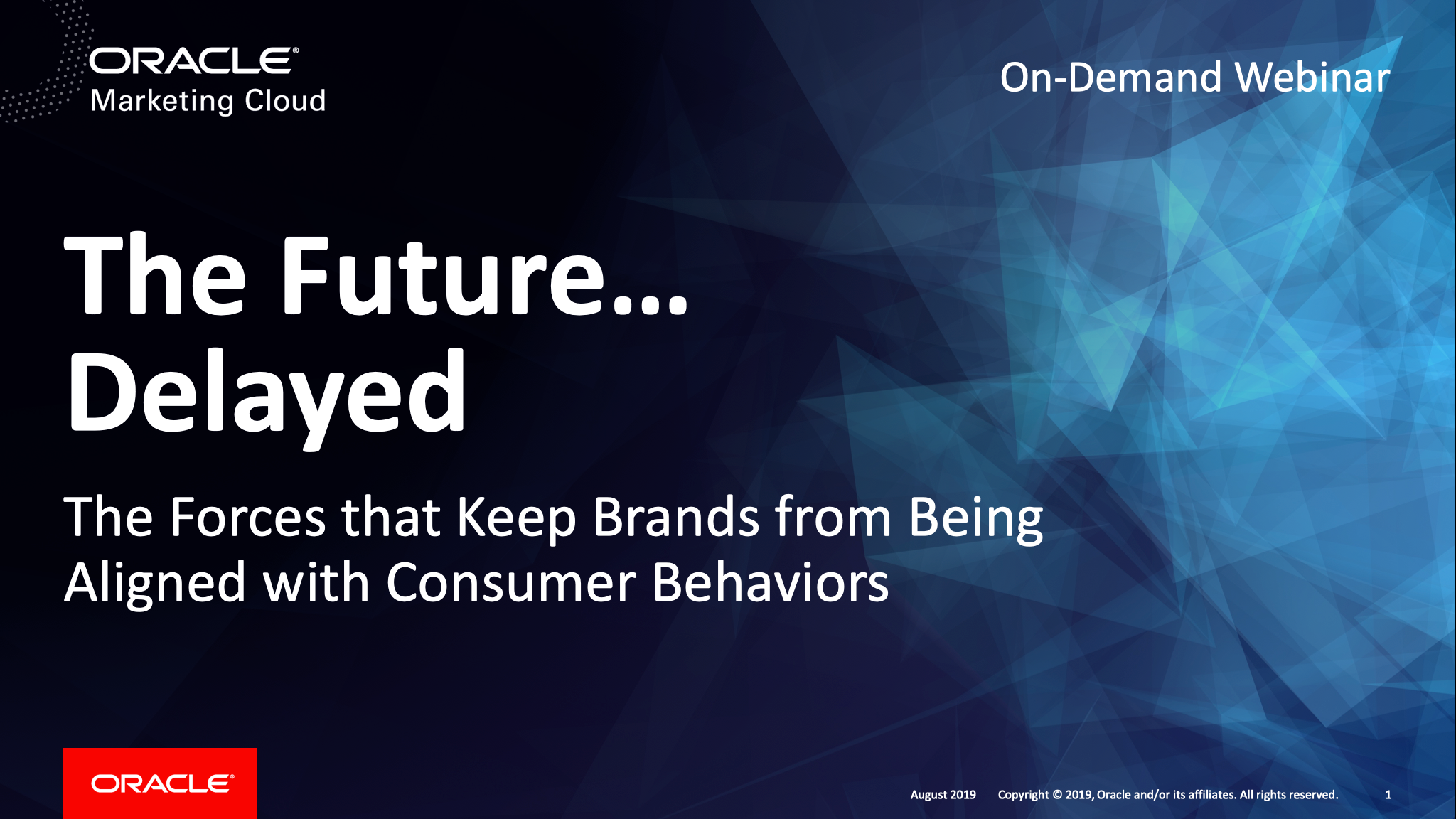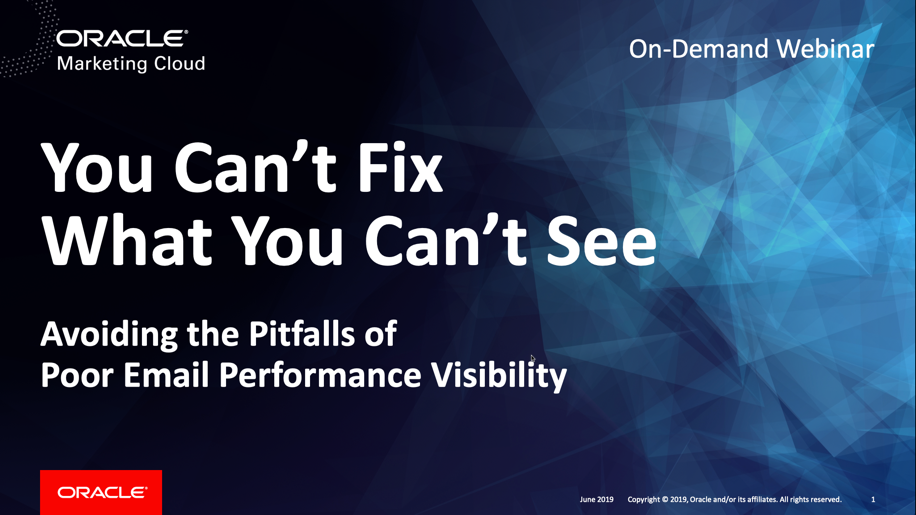ESP RFPs: Improving Your Vendor Selection Process
Posted on August 29, 2018
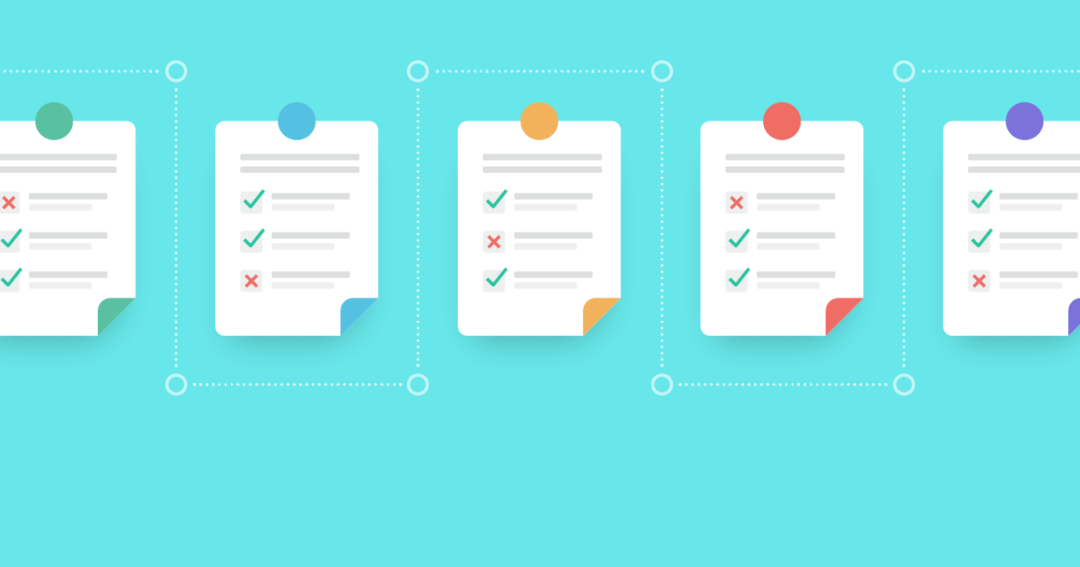
Nearly 5% of brands are very dissatisfied with their email service provider, and another 23% are dissatisfied, according to a Litmus poll. Many of those brands might consider switching ESPs in the months ahead.
However, before any brand switches ESPs, they will likely write a request for proposal. A RFP is a list of questions you send to prospective vendors, whose answers you then compare to one another to differentiate their offerings and find the best fit for your brand’s needs.
But which ESP candidates should you include? How should ESP RFPs go in terms of process? What should you include in your RFP?
To answer those questions and more, Litmus reached out to email experts at Marketing Democracy, BrightWave Marketing, DEG, Trendline Interactive, emailvendorselection.com, Laughlin Constable, and Red Pill Email.
>> Read the full post on the Litmus blog
Email Brand Guidelines: Why You Need Them and What to Put in Them
Posted on August 24, 2018

Brand style guides tend to meticulously detail permissible fonts, header sizes, image style, logo sizes and placements, and on and on. However, despite the clearly unique considerations of the email channel, many companies don’t have any email-specific guidance in their brand guidelines.
Nearly 38% of brands don’t have email brand guidelines, according to Litmus’ 2018 State of Email Survey, which is based on a survey of 3,000 marketers worldwide.
Thankfully, more brands are seeing the need to add email-specific content to their style guides, with 18% more brands creating email brand guidelines since 2016. That’s with good reason.
Having email brand guidelines makes designing emails easier and faster, particularly in organizations with distributed email programs or that use email agencies or freelancers. Marketers who describe their email programs as successful are 27% more likely that those at less successful programs to have brand guidelines for email (68% vs. 53%).
For all the details on what to include in your email brand guidelines…
>> Read the full post on the Litmus blog
The Most Inspiring Email Marketing Programs: 30+ Must-Subscribe Brands
Posted on August 23, 2018

The first step in designing a great email of your own is often seeing a great email from another brand. In a word, the first step is inspiration.
While some marketers get their email inspiration from Pinterest boards, Dribbble, and other websites, the most common way is simply by signing up to get email from great brands.
Want to know which brands you should consider subscribing to? In our 2018 State of Email Survey, we asked marketers which brands they thought had the most inspiring email marketing programs. Here are the top 30 brands, based on more than 3,500 brand suggestions from nearly 1,400 marketers.
Consider these must-subscribe brands…
>> Read the full post on the Litmus blog
The Good News and the Bad News about Email Marketing’s ROI
Posted on August 16, 2018

Email marketing’s return on investment is 38:1 on average, according to a Litmus survey of 372 marketers worldwide. That’s both good news and bad news… [Tweet this]
The good news is…
That’s a ringing endorsement of email’s acceptance among consumers, its targeting and personalization capabilities, and its business utility. By most measures, the ROI for email marketing is roughly twice that of other digital channels—if not better—and blows away the returns seen with traditional media channels like TV, radio, and direct mail.
The bad news is…
This high ROI misleads marketers and gives them false comfort. Here’s why…
>> Read the full post on the Litmus blog
Really Good Emails Podcast: Email Benchmarks
Posted on August 14, 2018
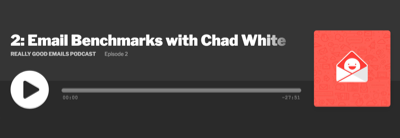 In Episode 2 of the new Really Good Emails Podcast, Matt Helbig and Mike Nelson dig into the results of their 2018 Email Industry Conditions study, which is based on survey responses from more than a thousand people in the industry. They talk about some of the most interesting stats—including team sizes, jobs, and email inspiration sources—and reminisce about their first jobs in email marketing (no shame, gentlemen, no shame).
In Episode 2 of the new Really Good Emails Podcast, Matt Helbig and Mike Nelson dig into the results of their 2018 Email Industry Conditions study, which is based on survey responses from more than a thousand people in the industry. They talk about some of the most interesting stats—including team sizes, jobs, and email inspiration sources—and reminisce about their first jobs in email marketing (no shame, gentlemen, no shame).
Then I join the podcast to talk about Litmus’ 2018 State of Email Survey Research Series, how some of our results differ from Really Good Emails’ survey, and interesting findings around email production times and email review processes.
>> Listen to the podcast
EEC: The Email Marketing Industry Needs to Think of Itself in Broader Terms
Posted on August 13, 2018
 Email marketing has changed profoundly over the last 10 years, but I don’t know that the email marketing industry has fully recognized the impact. We still talk a lot about “email service providers” and “email marketers,” which may be limiting our audience and limiting our ability to educate and rally the industry.
Email marketing has changed profoundly over the last 10 years, but I don’t know that the email marketing industry has fully recognized the impact. We still talk a lot about “email service providers” and “email marketers,” which may be limiting our audience and limiting our ability to educate and rally the industry.
That’s because many companies that enable brands to send email may not think of themselves as email service providers. And many people who send marketing emails may not think of themselves as email marketers. I know for sure that many marketers define an ESP much more broadly than we as an industry tend to.
The results of Litmus’ 2018 State of Email Survey really drove this reality home for me…
>> Read the full post on the Email Experience Council’s blog
Hard Learned Lessons from Giving 100+ Talks and Webinars
Posted on August 9, 2018

At Litmus, we pride ourselves on having lots of first-time speakers at our Litmus Live conferences in Boston, San Francisco, and London. To help put these very talented—but often very nervous—email marketing experts at ease, we do everything we can to provide them with the information they need to make their sessions successful. Along the way, we introduce speakers to each other, give them plenty of opportunities to get feedback from Litmus staff, and even run one-on-one calls where speakers can pick our brains, throw around ideas, and even present a complete dry run of their talk.
The advice we offer our Litmus Live speakers is based on producing more than a dozen Litmus Live conferences, as well as our personal experiences. Between Justine Jordan, Jason Rodriquez, and me, we’ve given well over a hundred presentations and webinars. There have been high points and there have been low points along the way.
A recent personal low point reminded me that I still have improvements to make, and spurred me to reach out to Justine and Jason so the three of us could share some of those lessons learned.
>> Read the full post on the Litmus blog
The Last Word on July 2018
Posted on August 7, 2018
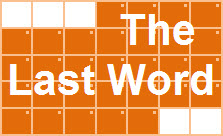 A roundup of email marketing articles, posts, and tweets you might have missed last month…
A roundup of email marketing articles, posts, and tweets you might have missed last month…
Must-read articles, posts & reports
Email still public’s preferred marketing channel, even after GDPR (The Drum)
Email Design for Subscribers with ADHD (iContact)
The Great Email Escape (Return Path)
Get the Attention and Investment Your Email Program Deserves (OnlyInfluencers)
What is a customer data platform? How is it different from a DMP or CRM? (Econsultancy)
Insightful & entertaining tweets
I love this email from local boutique Lockwood. The closest subway is closed for construction until February, and they sent an email promoting making a day of shopping near their stores at other local businesses on Broadway in #astoria https://t.co/5UolxLtVUH #SmallBusiness
— Kristin B (@EmailSnarketing) July 17, 2018
Noteworthy subject lines
Victoria’s Secret, 7/3 – Firework it in sequins, rhinestones & so. much. shine.
Fossil, 7/4 – HBD, America!
PersonalizationMall.com, 7/8 – Last Chance – 70% Off Christmas In July Clearance Sale Ends At Midnight
JCPenney, 7/18 – Hurry! Don’t miss Cyber in July
Lenovo, 7/20 – Final Black Friday in July Doorbusters are Live Now!
Epicurious, 7/14 – 10 kitchen tools we can’t wait to buy on Prime Day
PepsiCo, 7/16 – Amazon Prime Day Deals on Pepsi products
JCPenney, 7/17 – School days ahead! 40% off juniors’ Arizona denim
The Container Store, 7/23 – Locker Organization: Back To School Basics With A Twist
Moosejaw.com, 7/27 – Our Fave Backpacks – Just in Time for Back to School
Hasbro, 7/19 – These San Diego Convention items are #TRENDING
ThinkGeek, 7/18 – No con badge required for these exclusives!
ModCloth, 7/6 – AC-approved and outfitted to perfection.
Banana Republic, 7/3 – Here for sheer: wearable, light-as-air shirts.
Victoria’s Secret, 7/8 – Summer essential: an ultra lightweight layer!
Miracle-Gro, 7/20 – Five Mosquito Repelling Plants
Feeding America, 7/23 – It’s summer vacation. So why don’t these kids have anything to eat?
UncommonGoods, 7/6 – This Just In: Birth Month Flower Grow Kits
FansEdge, 7/24 – Football Is Coming…Here’s What’s Trending
The Container Store, 7/3 – “Wow! That Was Easy.”
Sony Electronics, 7/21 – They Can Do That? You Won’t Believe What Goes Into Our TVs
PepsiCo, 7/11 – Cap’n Crunch’s NEW SLURPEE is at 7-Eleven
Aeropostale, 7/27 – Try our new jeans in 18 fits & 81 washes
Petco, 7/11 – Want the simple life? Sign up for Repeat Delivery
ThinkGeek, 7/27 – They know when you last logged in, what you did, and for how long
Kate Spade, 7/10 – what to give the bride
Kate Spade, 7/19 – open this for good luck
Gap, 7/3 – Open ASAP to redeem your codes before they expire
Barneys New York, 7/10 – Read This Before Your Next Trip To The Barber
ASPCA, 7/13 – Is Breaking the Window Breaking the Law?
Nikon, 7/3 – Manhattanhenge: A Rare Photo Opportunity this Month
Ikea USA, 7/30 – No need to wait. The 2019 IKEA catalog is here!
Gucci, 7/24 – Presenting #TimeToParr: A Photographic Journey
Victoria’s Secret, 7/10 – CRUSHING YOUR INSTA
New posts on EmailMarketingRules.com
What is an email service provider?
Holistic Email Marketing: Personalization Report
Report: 2018 State of Email Service Providers
A Snapshot of the Email Service Provider Landscape
Holistic Email Metrics Matrix Helps You See the Whole Picture
The California Consumer Privacy Act: What Marketers Need to Know
KoMarketing: Email Content Planning is Critical Step for Campaigns
Posted on August 2, 2018
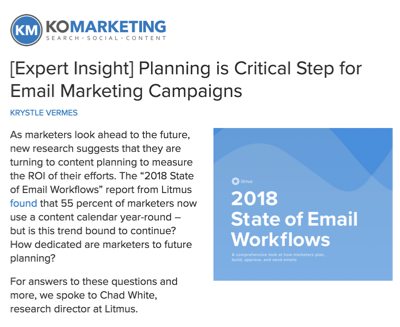 Email content planning is becoming more sophisticated and more of a focus at many email marketing programs, according to the findings of Litmus’ 2018 State of Email Workflows report. Krystle Vermes of KoMarketing and I recently spoke about this trend. She asks me…
Email content planning is becoming more sophisticated and more of a focus at many email marketing programs, according to the findings of Litmus’ 2018 State of Email Workflows report. Krystle Vermes of KoMarketing and I recently spoke about this trend. She asks me…
- More than half of marketers now say they use a content calendar year-round. Do you see this percentage increasing or decreasing in the near future?
- About 69% use software other than (or in addition to) spreadsheets, calendars, and docs specifically to plan out email content. Do you see marketers turning to additional software for planning other types of campaigns in the future?
- Less than 20% of marketers create a brief for every email to set goals and establish KPIs – why do you think this is the case?
- Only 17% of companies plan their content for more than three months out for peak season campaigns. Are marketers missing out on opportunities by failing to plan ahead?
- What was the most interesting finding in the report?
For my answers to those questions and more…
>> Read the full interview on the KoMarketing blog
What is an email service provider?
Posted on July 30, 2018

That seems like a simple question, but it’s not—at least certainly not anymore. The meaning of the term “email service provider,” or “ESP” for short, has evolved along with the email marketing industry.
A decade or so ago, most ESPs were standalone services that largely did one thing: send email. Pricing was almost entirely done on a CPM model of the cost per thousand emails sent. Back then, people distinguished between mail transfer agents (MTAs), which were the back-end engines that actually sent the email, and ESPs, which were the front-end user interfaces that provided marketer-friendly tools to load lists, set up templates, and ultimately press send.
Flash forward… There’s been roughly $10 billion in mergers and acquisitions in the ESP industry, as we note in Litmus’ first-ever State of Email Service Providers report. While there are still many standalone email service providers, lots of ESP functionality now resides within customer relationship management (CRM) systems. As the name implies, CRMs manage the entirety of a customer relationship, including communications via email and other channels.
And then things got even more complicated…
 Email Marketing Rules
Email Marketing Rules


